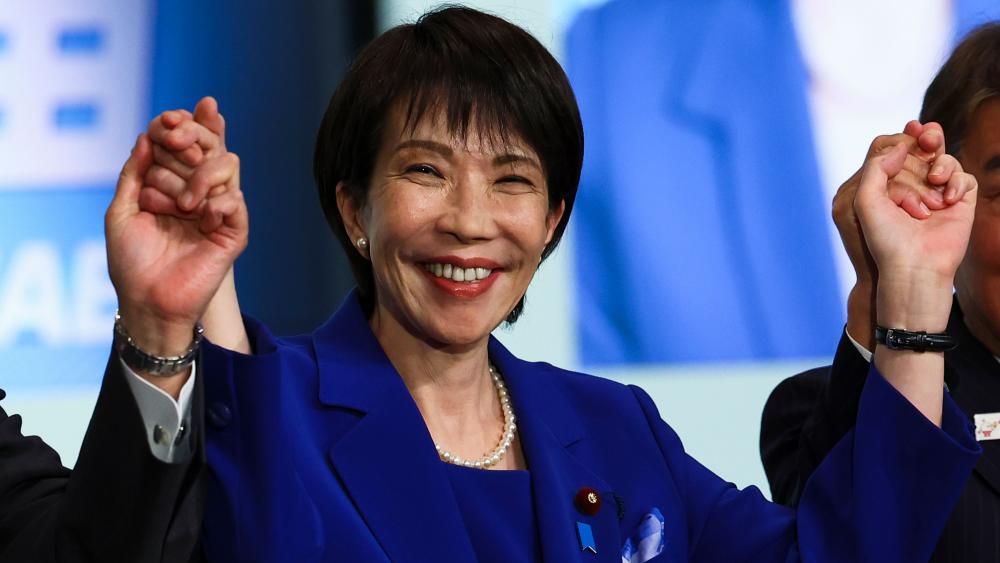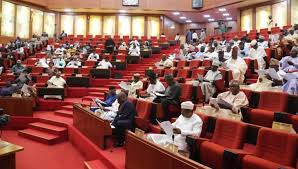
Japan has made history with the appointment of Sanae Takaichi as its first female prime minister, following a dramatic few weeks of political upheaval. The hardline conservative, long admired for her disciplined resolve, secured the position after being elected by parliament on Tuesday — an outcome that marks a turning point in a nation where male leadership has long been the norm.
Takaichi, 64, ascended to power after winning an all-male race within the ruling Liberal Democratic Party (LDP) on October 5. Her victory came amid turbulence, as the party’s moderate coalition partner withdrew from their 26-year alliance, forcing her to swiftly consolidate political backing. Now, all eyes are on how she will balance her ambitious economic plans with growing concerns from investors wary of Japan’s swelling national debt.
A self-professed admirer of Britain’s late prime minister Margaret Thatcher, Takaichi has drawn comparisons to the “Iron Lady” for her conservative convictions and assertive political style. She once met Thatcher at a symposium shortly before the British leader’s death in 2013, and has since cited her as a personal inspiration — praising her strength, principles, and “womanly warmth.”
Unlike Thatcher, however, Takaichi is a proponent of expansive fiscal policies. A staunch supporter of “Abenomics” — the economic doctrine introduced by the late Shinzo Abe — she advocates for higher public spending, tax cuts, and greater government influence over the Bank of Japan. This stance has raised eyebrows among financial analysts, who warn that her economic largesse could rattle investor confidence in the world’s fourth-largest economy.
Takaichi’s rise also underscores her complex persona — one that blends nationalism, cultural conservatism, and a touch of rebellious flair. A former economic security and interior minister, she is known for her love of heavy metal music and her penchant for drumming. Her frequent visits to the controversial Yasukuni Shrine — which honours Japan’s war dead, including convicted war criminals — have drawn criticism from neighbouring Asian countries. She has also called for revising Japan’s pacifist post-war constitution and suggested closer defence ties with Taiwan, a move likely to test relations with China.
Domestically, Takaichi has pledged to elevate more women to cabinet positions — a promise that could help Japan improve its poor record on gender representation. Yet, her conservative social stances have polarised public opinion. She remains opposed to same-sex marriage and to allowing married couples to retain separate surnames, positions that resonate more strongly with male and older voters than with younger or female demographics.
Despite her reputation as a hardliner, those close to Takaichi describe a more approachable side. In her hometown of Nara, supporters recall her as empathetic and community-minded. Her former hairdresser, Yukitoshi Arai, even credits her signature “Sanae Cut” hairstyle — sleek, sharp, and tucked behind the ears — as symbolic of her attentiveness and openness to others.
A graduate of Kobe University with a degree in business management, Takaichi began her political career after serving as a congressional fellow in the United States. She entered Japan’s lower house in 1993 as an independent and joined the LDP three years later, steadily climbing the political ladder through persistence and ideological clarity.
Now, as she prepares to welcome US President Donald Trump on an official visit next week, Takaichi faces a delicate balancing act: steering Japan’s economic recovery while managing fraught regional dynamics. Whether her premiership ushers in a new era of stability or stirs political shockwaves, one thing is certain — Japan’s first female leader is ready to make her mark.
Melissa Enoch


